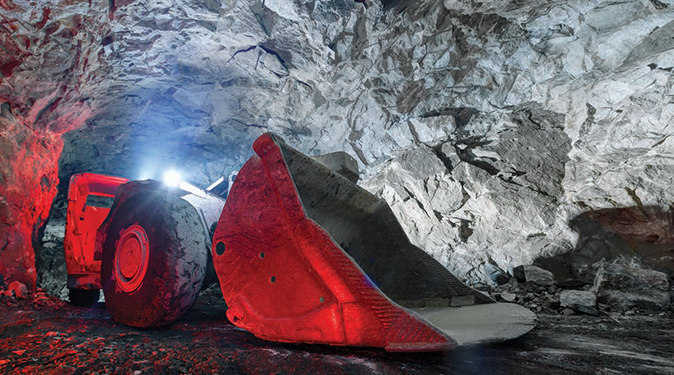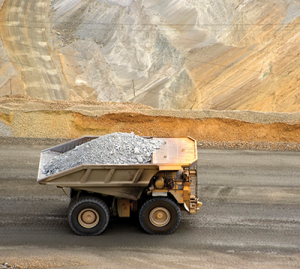
White Paper: Process and product innovation for a safer, smarter, and more sustainable mining industry
Mike Edwards
Features electrification mining Parker Hannifin sustainable white paper Electrification trends, digital transformation and a push for greater efficiency create new issues for engineers to consider and overcome.
Electrification trends, digital transformation and a push for greater efficiency create new issues for engineers to consider and overcome. The global mining industry dates to the beginning of civilization and has made an impact on major economies throughout history. The world has always been dependent on mining. Modern-day mining, however, is now faced with many significant challenges that have never been seen before.
Population and economic growth equate to increasing demand for materials, and this will only continue to trend upward. While extracting and processing prove to be increasingly difficult, there is also increased attention on the environment.1 Green initiatives for reduced emissions, along with an ongoing desire to improve safety and productivity, have been drivers for increased automation and electrification in mining.

For mining companies to be fully committed to electrification, a reevaluation of current skills sets will need to be considered.
Motivations can differ by type of mine. For example, the continued electrification advances in underground mining are largely fueled by health regulations and true savings of ventilation system costs.
Whereas the surface mining sector is more influenced by corporate carbon neutral programs.
Whatever the motivation, many industry experts believe that automation and digital solutions will work alongside electrification to monitor energy usage and help miners reach their sustainability targets while also improving the quality of the working environment.
In recent years, mining companies have adopted a growing range of digital solutions. The COVID pandemic has accelerated that adoption. Never have technologies and new ways of work been implemented as quickly.
Many mines have digitized their operations, effectively embracing digital transformation by adding equipment sensors and adopting unified networks to transmit data, but it seems the industry still has progress to make. According to BCG’s Digital Acceleration Index (DAI), the metals and mining industry is roughly 30-40% less digitally mature than comparable industries, such as automotive or chemicals.

When compared with diesel power trains, electric drives offer significant environmental, operational and cost benefits.
Yet, the rewards of accelerating digital transformation are great, offering mines the opportunity to increase productivity, adapt to a challenging labor market, better manage assets, and minimize their environmental footprint. The potential environmental impact is significant given that it is estimated that mining is currently responsible for 4% to 7% of greenhouse gas (GHG) emissions globally.
This white paper explores the impact of various changes and innovative technologies on the mining industry and identifies major trends that are shaping how engineers think of best practices when it comes to operating mines safely, profitably and aligning with the latest decarbonization initiatives.
To continue reading, view PDF of white paper from Parker Hannifin Fluid Connectors Group and Motion Systems Group
Print this page